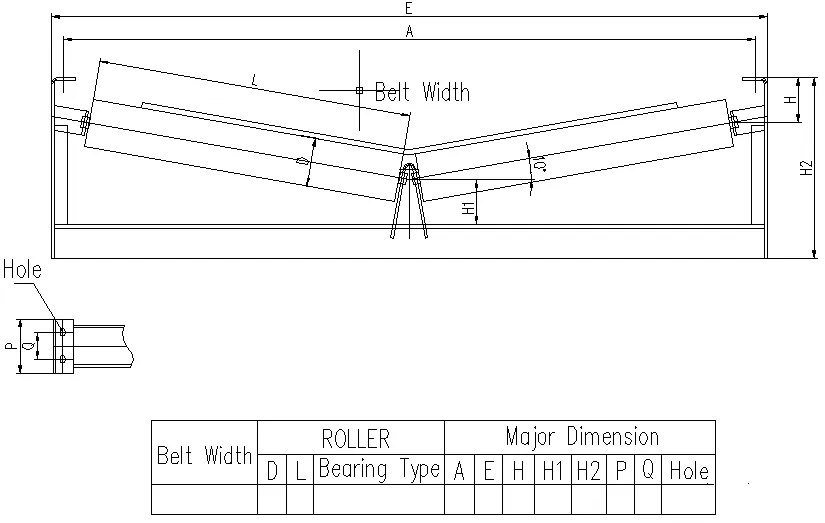 Afrikaans
Afrikaans  Albanian
Albanian  Amharic
Amharic  Arabic
Arabic  Armenian
Armenian  Azerbaijani
Azerbaijani  Basque
Basque  Belarusian
Belarusian  Bengali
Bengali  Bosnian
Bosnian  Bulgarian
Bulgarian  Catalan
Catalan  Cebuano
Cebuano  Corsican
Corsican  Croatian
Croatian  Czech
Czech  Danish
Danish  Dutch
Dutch  English
English  Esperanto
Esperanto  Estonian
Estonian  Finnish
Finnish  French
French  Frisian
Frisian  Galician
Galician  Georgian
Georgian  German
German  Greek
Greek  Gujarati
Gujarati  Haitian Creole
Haitian Creole  hausa
hausa  hawaiian
hawaiian  Hebrew
Hebrew  Hindi
Hindi  Miao
Miao  Hungarian
Hungarian  Icelandic
Icelandic  igbo
igbo  Indonesian
Indonesian  irish
irish  Italian
Italian  Japanese
Japanese  Javanese
Javanese  Kannada
Kannada  kazakh
kazakh  Khmer
Khmer  Rwandese
Rwandese  Korean
Korean  Kurdish
Kurdish  Kyrgyz
Kyrgyz  Lao
Lao  Latin
Latin  Latvian
Latvian  Lithuanian
Lithuanian  Luxembourgish
Luxembourgish  Macedonian
Macedonian  Malgashi
Malgashi  Malay
Malay  Malayalam
Malayalam  Maltese
Maltese  Maori
Maori  Marathi
Marathi  Mongolian
Mongolian  Myanmar
Myanmar  Nepali
Nepali  Norwegian
Norwegian  Norwegian
Norwegian  Occitan
Occitan  Pashto
Pashto  Persian
Persian  Polish
Polish  Portuguese
Portuguese  Punjabi
Punjabi  Romanian
Romanian  Russian
Russian  Samoan
Samoan  Scottish Gaelic
Scottish Gaelic  Serbian
Serbian  Sesotho
Sesotho  Shona
Shona  Sindhi
Sindhi  Sinhala
Sinhala  Slovak
Slovak  Slovenian
Slovenian  Somali
Somali  Spanish
Spanish  Sundanese
Sundanese  Swahili
Swahili  Swedish
Swedish  Tagalog
Tagalog  Tajik
Tajik  Tamil
Tamil  Tatar
Tatar  Telugu
Telugu  Thai
Thai  Turkish
Turkish  Turkmen
Turkmen  Ukrainian
Ukrainian  Urdu
Urdu  Uighur
Uighur  Uzbek
Uzbek  Vietnamese
Vietnamese  Welsh
Welsh  Bantu
Bantu  Yiddish
Yiddish  Yoruba
Yoruba  Zulu
Zulu Types of Idlers for Belt Conveyors and Their Applications
Understanding Belt Conveyor Idler Types Key Features and Applications
Belt conveyors are fundamental in various industries, facilitating the efficient transportation of bulk materials. A critical component of these conveyor systems is the idler, which supports the belt and influences its performance. Idlers come in various types, each designed for specific applications, environments, and operational requirements. This article delves into the different types of belt conveyor idlers, their functionalities, and their typical applications.
1. Flat Idlers
Flat idlers are the most common type used in belt conveyor systems. They consist of a simple cylindrical shape that supports the belt in its flat position. These idlers are primarily used for transporting bulk materials in horizontal or slightly inclined conveyor systems. The flat design allows for smooth material handling, reducing the risk of spillage and ensuring an even distribution of the load across the belt.
Applications Flat idlers are typically used in industries such as mining, aggregate handling, and food processing, where material must be conveyed horizontally without any major elevation changes.
2. Crowned Idlers
Crowned idlers have a slightly raised center, which helps to center the belt during operation. This design is beneficial in preventing belt misalignment and minimizing the chances of the belt falling off the idler rollers. The crown maintains a consistent turning radius, which is particularly important when the conveyor changes direction.
Applications Commonly utilized in locations where there is a risk of belt drift or misalignment, crowned idlers are often found in aggregate handling and industrial applications where consistent material flow is paramount.
3. Trough Idlers
Trough idlers are designed with a three-roller system that supports the conveyor belt in a ‘V’ shape, allowing for increased sidewall support. This design enhances the loading capacity of the conveyor and reduces spillage during transport. Trough idlers effectively contain bulk materials, facilitating the safe transport of granular products.
Applications These idlers are commonly used in heavy-duty applications such as coal, minerals, and bulk powder handling, where spill management is critical.
belt conveyor idler types

Impact idlers are specifically designed to absorb the shock of heavy loads and reduce wear on the conveyor belt. They are typically positioned at loading points where materials are dropped onto the belt. The cushioning effect provided by impact idlers minimizes the impact on the belt, prolonging its lifespan.
Applications Ideal for high-impact zones in mining and bulk material handling industries, impact idlers play a crucial role in reducing maintenance costs and improving system reliability.
5. Return Idlers
Return idlers are utilized to support the return portion of the conveyor belt. They play a critical role in ensuring that the belt remains stable as it returns to the loading area. Return idlers can be either flat or grooved, depending on the specific requirements of the conveyor system.
Applications These idlers are essential in all types of conveyor systems, ensuring smooth operation and minimizing wear during the return phase.
6. Specialty Idlers
In addition to the standard types, there are also specialty idlers designed for unique applications or challenging environments. For instance, spiral idlers are used for steeply inclined conveyors, while self-cleaning idlers are designed for applications where material build-up can be problematic.
Conclusion
Understanding the various types of belt conveyor idlers is essential for optimizing conveyor performance and ensuring efficient material handling. Each type of idler offers distinct advantages, depending on the application and operational requirements. By selecting appropriate idlers, industries can enhance the longevity of their conveyor systems, reduce operational costs, and improve overall material handling efficiency. As technology advances, the design and functionality of conveyor idlers will continue to evolve, providing even greater benefits to industries reliant on bulk material transport.
-
Revolutionizing Conveyor Reliability with Advanced Rubber Lagging PulleysNewsJul.22,2025
-
Powering Precision and Durability with Expert Manufacturers of Conveyor ComponentsNewsJul.22,2025
-
Optimizing Conveyor Systems with Advanced Conveyor AccessoriesNewsJul.22,2025
-
Maximize Conveyor Efficiency with Quality Conveyor Idler PulleysNewsJul.22,2025
-
Future-Proof Your Conveyor System with High-Performance Polyurethane RollerNewsJul.22,2025
-
Driving Efficiency Forward with Quality Idlers and RollersNewsJul.22,2025





























